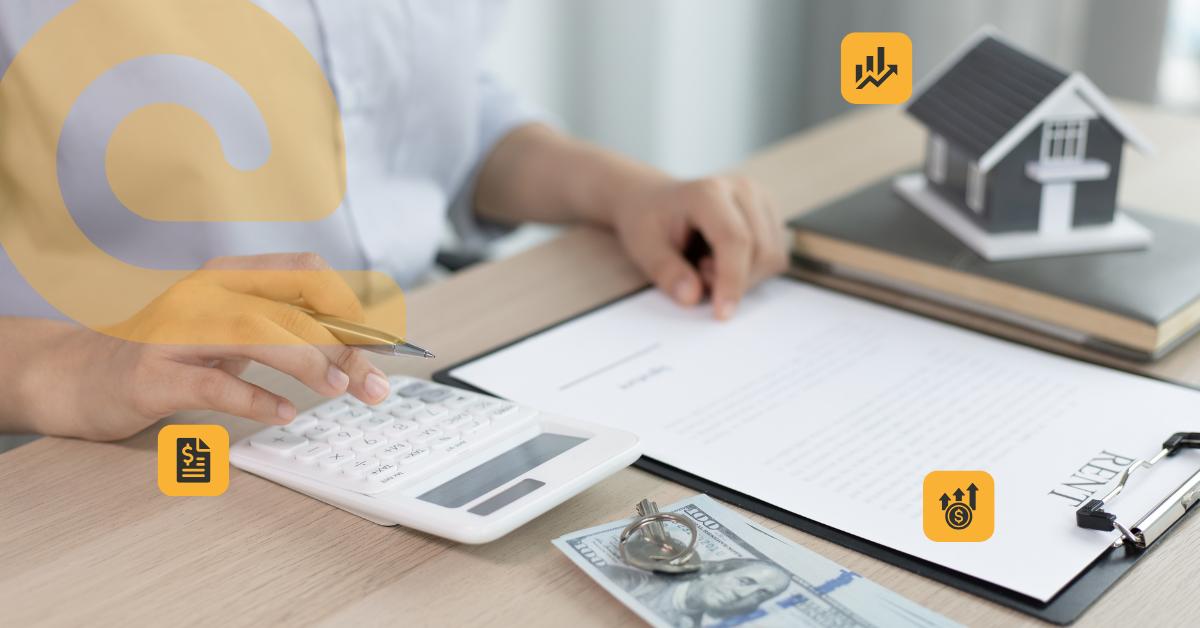How Jessica Fox Grew Her Bookkeeping Firm 232% with Effective Pricing
When Jessica Fox launched
Florida Virtual Bookkeeper, she had nearly two decades of experience under her belt. What she didn’t have, however, was a pricing strategy. Like many solo practitioners, she started out just trying to make ends meet — charging what others told her to, relying on hourly billing, and making decisions based more on fear than confidence.
She admits, “I did not know how to price… I was just starting out and happy that somebody was giving some steady work my way.” That approach worked, barely, until she realised she was undercharging massively and sabotaging her own growth.
From hourly billing to undercharging: the early pricing struggles
In the early days, Jessica priced everything manually. Sometimes she would estimate the hours, multiply by an hourly rate, and call it done. Other times, she relied on a value pricing spreadsheet a colleague sold her. It felt more sophisticated but didn’t change the outcome.
“I was just pulling a number out of thin air and hoping it would work out,” she explained. “The spreadsheet would say you should charge $2,000 per month and I’d be like, no, that feels high… so out of my mouth would come $1,200.”
The constant second-guessing, discounting before a client even responded, and fear of rejection wore on her. “I made so many horrible pricing mistakes. I tried to compete on price. I was billing hourly… which is ridiculous because as I became more efficient, I was giving myself a pay cut.”
She knew there had to be a better way. In 2019, she found it.
How one online course unlocked pricing confidence
Jessica had been following Mark Wickersham’s content for a couple of years — reading the newsletters, watching YouTube videos, attending webinars — but the pricing strategies felt a little abstract. “It sounded good,” she said, “but I didn’t feel like I was ready to take action.”
By 2019, necessity pushed her to try. She bought Mark’s ‘How to Price Bookkeeping’ course, telling herself that if she was spending that much, it had to pay for itself quickly. “I wasn’t just listening and taking notes. I implemented.” Before she even completed the course, she had already recouped her investment.
That’s when she discovered
Effective Pricing.
Why the spreadsheet had to go
Jessica was an early adopter of the software, jumping in when it launched through the Value Pricing Academy. “It just seemed like it was the answer to all of the challenges that I was having,” she said. “I really was hating that spreadsheet… that was just cluttering some packages together and hoping for the best.”
There was a learning curve. She spent a few months testing the models, tweaking questions, and building her own structure behind the scenes. But once she started using it with clients, she never looked back.
“Ever since then I have not looked back and I will not price without it.”
232% profit growth in year one (and triple-digit growth ever since)
When Jessica turned on Effective Pricing for real, the results were immediate. “The first year that I implemented Effective Pricing, I increased my profit 232%. That number will stay with me forever.”
And the growth didn’t stop there. “Year over year, I've been having triple digit growth. The years after that, it's been slightly less, but it's still always 110% or more.”
She used the built-in pricing success metric to compare what she would have charged pre-Effective Pricing versus what she charged using the tool. “It was telling me, ‘Congratulations, you charge 200% more than you otherwise would have’, or ‘450% more’, triple-digit amounts.”
Replacing pricing anxiety with clarity and professionalism
One of the most significant changes wasn’t just financial — it was emotional. Jessica stopped fearing sales calls.
“I used to always dread the money conversation,” she said. “But the Effective Pricing software has made it so I don’t second guess myself. I come out as very confident, very professional, very systemised.”
She began doing pricing calls live on Zoom. The client would see the quote at the same time she did. “If we’re shocked, we’re shocked together,” she joked. “We blame the computer. It’s the software that came up with the number, not me.”
This transparency helped her charge higher prices without flinching — and close deals faster than ever before.
From 5-day proposals to instant quotes and 100% close rates
Before Effective Pricing, sending proposals was hit or miss. “It used to be an average of five days for somebody to accept it,” she recalled. “And sometimes they would never go back to it.”
Now, most clients approve the proposal within minutes of the call ending. “My median wait time for a proposal is one day,” she said. “And my close rate is 100% once I get that agreement. I know that when I send that proposal, it will get signed.”
She credits the software’s ability to involve the client in the pricing process. “If they don’t like the price, together we can come up to the right price. You already told me that you wanted weekly bookkeeping. How about we only update them monthly? Do you want to see what that price would be?”
The result: decisions happen faster, and proposals don’t get lost in the inbox.
How she updates her prices in under two minutes
Jessica has used Effective Pricing for years, but she’s still optimising. Every time she spots a nuance during a sales call, she logs in and adjusts her model. “If I do the work and realise ‘I wish I had asked this’, I go and update the model immediately. So next time, it gets better.”
And when it’s time to raise her prices?
“There’s a feature called a global multiplier. I just pick a percentage… and the prices will have increased by that percentage.” It takes a couple of minutes, once a year. She even sets a calendar reminder to do it.
Why clients value the experience just as much as the price
Clients no longer receive cookie-cutter proposals. They participate in building their own service package.
“They can choose what’s important to them,” Jessica said. “If they really value having a quick turnaround on their reports, they can choose that. Those that never look at their reports, they can choose to not get email reports.”
And because the value is clear, the resistance is low. “You’d be amazed how many people saw the price and me, I’m going, whoa, that’s steep… and they’re going, shut up and take my money.”
“I would still be scraping for pennies…”
Jessica Fox’s business is barely recognisable from what it was in 2016. She runs a successful, award-winning boutique firm, prices with confidence, closes with speed, and earns what she’s worth.
“I would have never been as successful as I am now,” she said. “I would still be scraping for pennies… and just being stressed about money, which I am not anymore.”
To others still stuck in pricing guesswork, she offers one clear message: “Carve out the time to definitely set it up. There is a learning curve, but it’s so worth it in the form of increased price and profits.”
Try Effective Pricing
Want to confidently set prices based on value rather than time? Try Effective Pricing and take the guesswork out of pricing.
By adopting value pricing, you create a win-win situation—clients get more value, and you earn what you truly deserve for your expertise.





